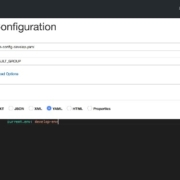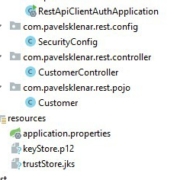Table inheritance is one of the most misunderstood — and powerful — features of PostgreSQL. With it, certain kinds of hard problems become easy. While many folks who have been bitten by table inheritance tend to avoid the feature, this blog post is intended to provide a framework for reasoning about when table inheritance is actually the right tool for the job.
Table inheritance is, to be sure, a power tool and thus something to use only when it brings an overall reduction in complexity to the design. Moreover, the current documentation doesn’t provide a lot of guidance regarding what the tool actually helps with and where are the performance costs and because inheritance sits orthogonal to relational design, working this out individually is very difficult.










